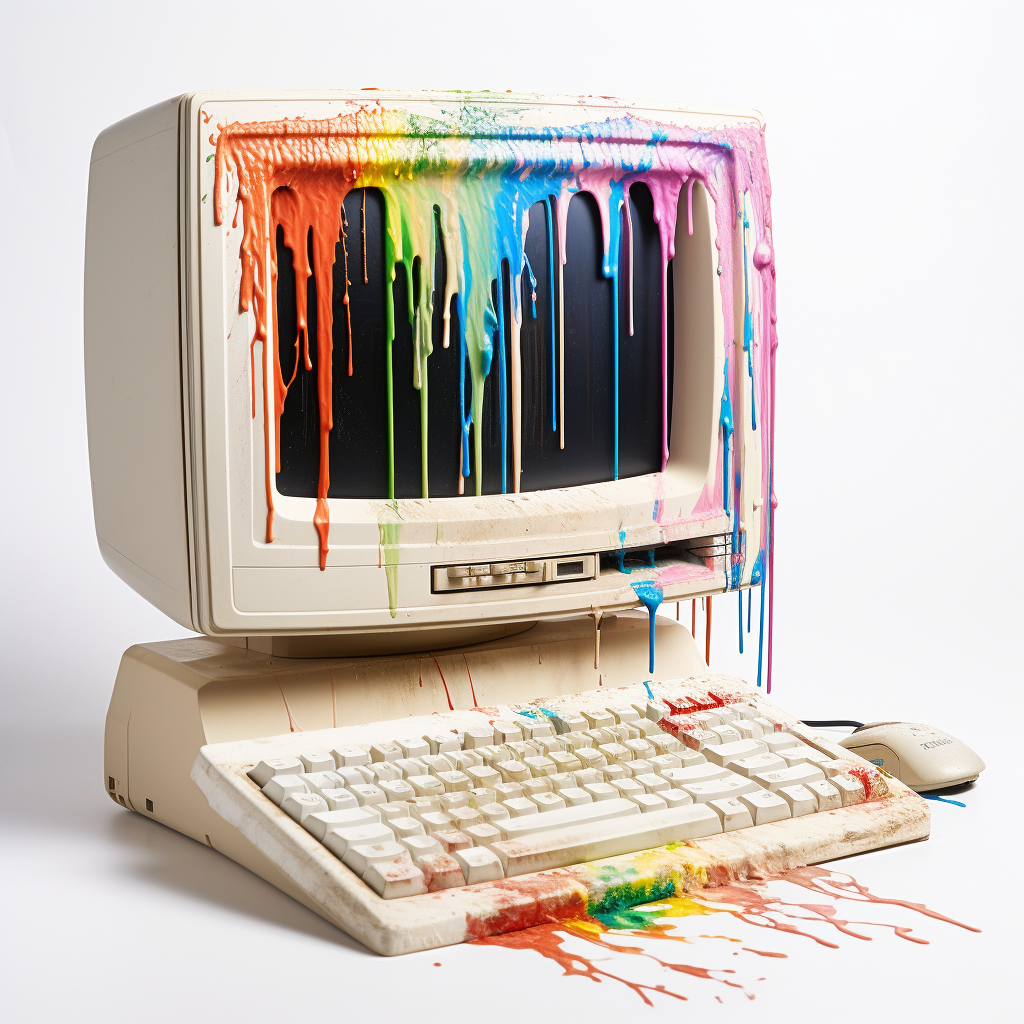It’s cool how quickly the brain can pick out the subtle issues, despite how near perfect the image is
True, but only when you expect it. I’ve seen real pictures with weird lighting before and if I didn’t know they were real, I would’ve thought of Photoshop. With some experience you know what to look for, but there have already been plenty of studies showing that AI persons can not properly be distinguished from real people in pictures.
Definitely true
I wonder if we’re going to end up with a new field of forensic medicine determining if media is real based on subtle anatomy/biomechanics details. Even if the person is real, a particular photo or video might not be
Also at what point is an image altered? Every camera has an ISP that improves image quality, so that shouldn’t be counted as an alteration, even if it can impact the image quite significantly. Then there’s manual tools like photoshop, which can do things like the ISP, but also a lot more and then you got some “AI” tools that blur the lines even more. At least CNNs are just filter banks with learned kernels (to be very reductive). The cut is a bit clearer with diffusion image generation and similar tech, as that stuff is just clearly fake, but what about img-to-img diffusion?
It was there already.




